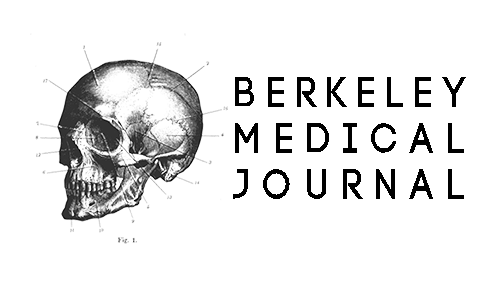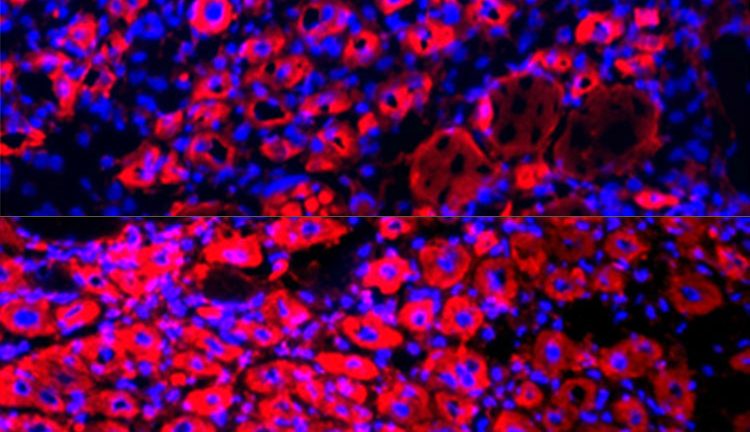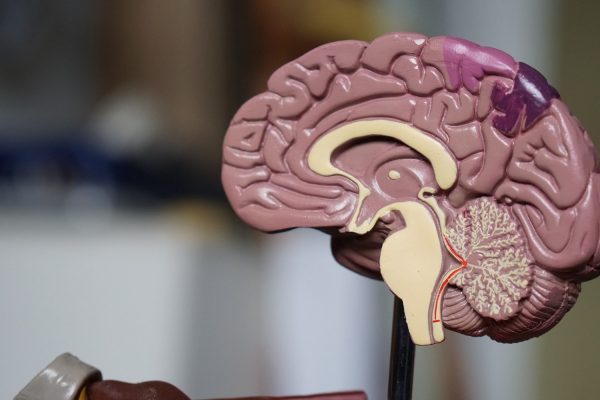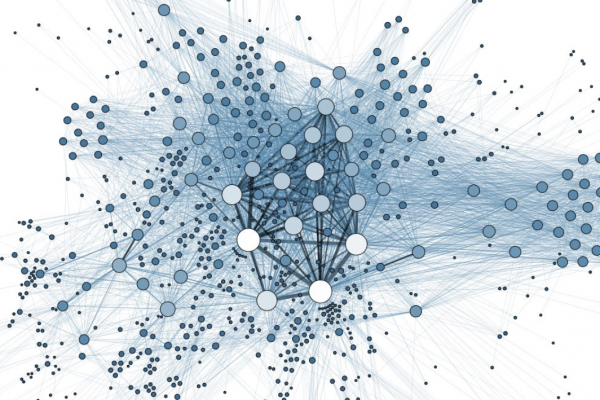By: Nitya Sriram
For thousands of years, adventurers from across the globe traveled in search of the Fountain of Youth: a spring that would supposedly grant eternal life to those who drink from it. While not quite as thrilling as a magical Fountain of Youth, researchers at UC Berkeley’s Conboy lab in the bioengineering department have discovered a plasma dilution rejuvenation method that could very well be our modern-day version of the Fountain.
Dr. Irina Conboy’s research into the effects of delivering young blood to older mice has made her a founding leader in rejuvenation medicine. The field of rejuvenation medicine focuses on reversing mechanisms of aging (i.e cellular senescence, or permanent cell growth arrest), resulting in younger cells or tissues. In an interview with Drs. Irina and Michael Conboy, they stated that the parameters they studied to determine whether a person was really “younger” at the molecular level included diminished inflammation and fibrosis, improved liver health/regeneration, improved muscle repair, improved cognitive function (i.e. better short memory in mice), and also improved agility, balance, and strength.
The goal of age-reversing therapeutics is to reduce the biological age of an organism rather than their chronological age. Chronological age refers to the actual years a person has lived, while biological age is related to the epigenetic alteration and DNA methylation a person undergoes. Epigenetics, to put it simply, is the change in expression of genes based on our surroundings. Moreover, during an interview with Dr. Conboy, she stated that, although there is disagreement over this in the scientific community, she believes that a person’s biological age is different in different parts of their body.
Conboy’s earlier work focused on sharing blood between older and younger mice via parabiosis as a means of rejuvenation. Parabiosis is a procedure by which two organisms are surgically joined, resulting in a shared physiological system. Having this shared system allows factors from the young individual to activate pathways in the old system to allow for tissue regeneration. In this study, researchers from the Conboy lab present a novel approach to rejuvenation that doesn’t involve blood-sharing. Instead, rejuvenation occurs by plasma dilution of older organisms’ blood. There are certain proteins that are known to “interfere with the maintenance and repair of multiple tissues.” Plasma dilution works to offset the increase of these protein levels over time.
In humans, plasma dilution is known as therapeutic plasma exchange, or TPE. “[I]t replaces a patient’s plasma [the liquid component of blood] with saline and purified albumin,” the researchers note. Albumin is a protein in the body that helps move molecules through the blood and prevents fluid in blood vessels from leaking into tissues in the body. Once the plasma is replaced or “diluted,” the patient’s red blood cells are returned to the body. An important point is that TPE does not actually change the cellular profile of a person. It only lowers the concentration of certain proteins in their blood such as “cytokines, autoreactive antibodies or toxins,” all of which are determinants of age-related disorders. In the study, the researchers conducted multiple rounds of TPE in mice as well as humans. Blood samples were separated into plasma and cells. The plasma was analyzed before and after rounds of TPE for a decrease in hallmarks of biological aging such as “DNA damage and cellular senescence.”
The study reports several different results suggesting TPE could actually be a viable rejuvenation method. Some of the most important results indicating this were one, a decrease in DNA damage and cellular senescence, two, restoration of youthful lymphoid/myeloid markers,” and three, long-term stable rejuvenation.
Decrease in DNA damage was determined by assessing 8-OHdG levels before and after TPE rounds. 8-OHdG is a biomarker that is used to measure oxidative damage to DNA. High levels of 8-OHdG indicate substantial DNA damage. 8-OHdG levels significantly decreased across all patients in the study after multiple rounds of TPE. In order to assay senescence, mRNA was isolated from PBMCs (a type of immune cell) and analyzed for p16 (a biomarker measuring cellular senescence). A significant decrease in p16 across the samples indicated a decrease in cellular senescence. Researchers also found an increase in markers associated with youthful lymphoid markers (used to track cells of lymphoid lineage), indicating an improved immune system. Perhaps most important, however, was the discovery that these results were stable and lasted for the entirety of the month between rounds of TPE. All of these results suggest that TPE is viable in the long-term.
So why is rejuvenation therapy even necessary? What causes us to be at a higher risk of disease as we age? As humans age, their immune system begins to deregulate resulting in chronic inflammation. Additionally, older adults experience a significant decrease in “adaptive immunity,” or the ability to fight novel infections. This is brought on by changes in self-renewal and differentiation of hematopoietic stem cells or HSCs. HSCs are a type of blood stem cell that have the potential to develop into any kind of blood cell, including blood cells involved in the immune system. Thus, a limitation in the function of these cells causes a limited immune response, preventing a person from getting rid of oncogenetic cells for example. In the interview, Dr. Conboy noted a common misconception about aging in humans. We often think that, as a person ages, their bodies begin to lack something (i.e. vitamins, cellular components, etc.). In reality, our bodies actually have too much of certain proteins that are related to age-related diseases. The goal of TPE is to get rid of this excess.
Rejuvenation medicine has the potential to serve as a therapeutic for a wide variety of age-related diseases. One of the most prevalent diseases that TPE could potentially treat is cancer. This is done through creating a “younger systemic proteome” with features such as “restored pro-regenerative, anticancer, and apoptotic regulators.” The study also cited TPE as a potential treatment for “autoimmune and neurological diseases such as […] Alzheimer’s Disease, and Guillain-Barre Syndrome.” Additionally, something interesting Dr. Conboy noted in the interview is that she sees TPE as a preventative measure rather than a treatment. Thus, it could serve as a sort of catch-all for all age-related diseases.
Dr. Conboy also points out the importance of rejuvenation medicine from an economic perspective. The global elderly population is expected to triple in the next two to three years, resulting in a “socio-economically unsustainable” world. Understanding aging and exploring therapies to reverse aging are becoming increasingly important to combat the global aging epidemic. Additionally, Dr. Conboy notes that aging is a phenomenon that affects everyone regardless of gender, race, etc. Thus, it’s even more important to study age-related mechanisms for this reason. Further research into this field could yield the Fountain of Youth we’ve been looking for.






